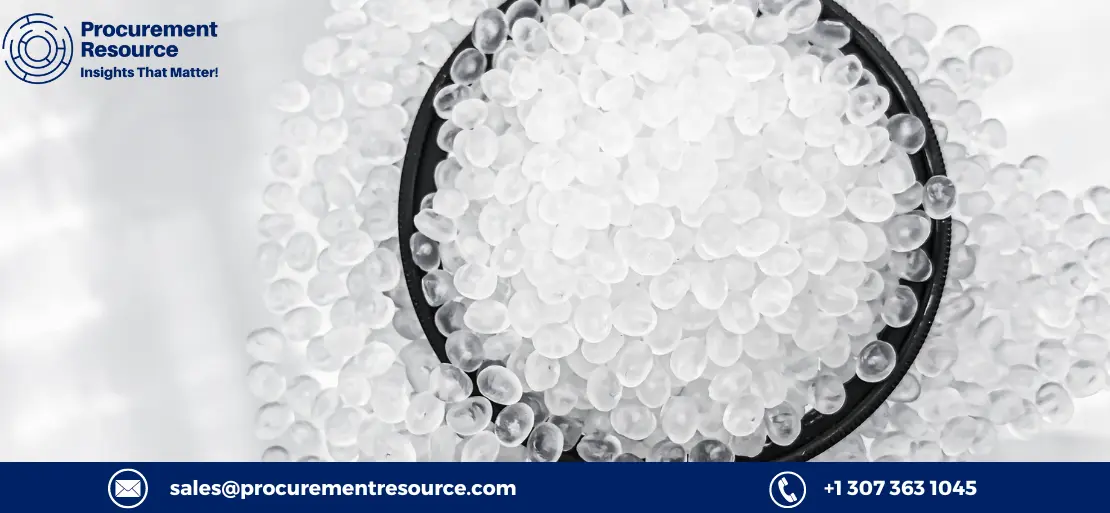Polypropylene Prices Will Have A 2-4 Percent Correction Next Month

Polypropylene Contracts Are Expected To Fall Sharply This Month, And Prices Of Spot Polypropylene Slip Another Few Cents
Following a few calm weeks, consumers flocked back to the spot resin trading market, where they witnessed sellers being more liberal with the prices.
In the third week of April, Railcar offerings were on the heavy side again as a few bigger tides of off grade rolled through, with more observable prime availability. Completed volumes for truckloads and railcars both improved, with deals inclined toward polyethylene (PE) and expanded amongst the commodity grades. Polypropylene (PP) activity was praiseworthy as well; consumers remained more concentrated on co-polymer than homo-polymer PP.
Prices For PE Slipped By A Cent
Prices for Spot PE dropped by a cent during the weekend at the Plastics Exchange trading desk, the month's first two movements. Prices of PP slipped by two cents again, creasing their losses for April. PP contracts will sharply drop this month, and spot prices received a kick start on the drop, with selloffs starting in late March already.
Request Access For the Latest Price Trends of Polypropylene
Feebler price direction arrives amidst a looser availability for the primary resin groups since producers compete with sufficient inventories that regenerated in the 1st quarter, creating an effect of current force majeures — two for PP and four for PE, more or less irrelevant.
PE turned out to be the more functioning resin, and for a pace change, volume was over the weekly average witnessed in 2023 so far. There was a great mix of normal purchasing and a few major purchases by processors who procured well-priced material in order to meet their needs for May. Linear-low-density PE was the significant mover, with better volumes for both Film and Injection grades sales. Some low-density PE films traded as well, and so did high-density PE in a smaller volume.
The Proposed Nickel Gain Will Likely Fizzle
Direct resin export sales remained firm: March exceeded two billion pounds, a considerable number, with material on discount helping strong incremental sales last week. Although producers have an average increase for nickel on the table for April, the market will likely settle flat, bearing the six cents enforced in the first quarter, which comprises three cents that managed to take hold in March somehow.
The trading activity for PP improved, although concluded deals primarily involving co-polymer since more than sufficient homo-polymer supplies deterred buyer's interest except when needed for prompt processing. Both grades of PP dipped by a few cents, with co-polymer PP holding its nickel premium to homo-polymer PP.
PGP Prices Are On A Downtrend
The drops arrived as prices of polymer-grade propylene (PGP) relaxed further, regardless of disturbances in the propane dehydrogenation (PDH) unit. April resin contracts will track down monomer more than a dime since the market returns a huge portion of the Q1 gains. The shot at recovering some margin in April was not supported on the back of unfavourable market conditions; in case of market tightening, a more concerted attempt might appear the following month.
More Increased Capacity Additions In Polypropylene To Keep Costs Down
Prices of PP in eastern China are at an 18-month low, accounting for about 17% lower compared to previously recorded prices since the global PP market was hit with about 10 million TPA of oversupply in the past few years with frail demand and ongoing capacity additions by top players across the world. In the next few years, Global PP capacity may grow from 85.57 million tonnes per annum (TPA) in 2020 to 136.79 million TPA in 2025, which might persist to dent the prices for PP worldwide in case demand doesn’t recover strongly.
Read More About Polypropylene Production Cost Reports - Get Free Sample Copy in PDF
According to the Procurement Resource article, Polypropylene Prices will drop by a few cents amidst a looser availability for the primary resin groups since producers compete with sufficient inventories that regenerated in quarter 1, causing an effect of current force majeures - two for PP and four for PE, pretty much irrelevant. These prices will probably stay low as top players add major capacity expansions for the product leading to an oversupply in the market. This price drop is likely to recover in the future if global demand for the product makes a recovery.



